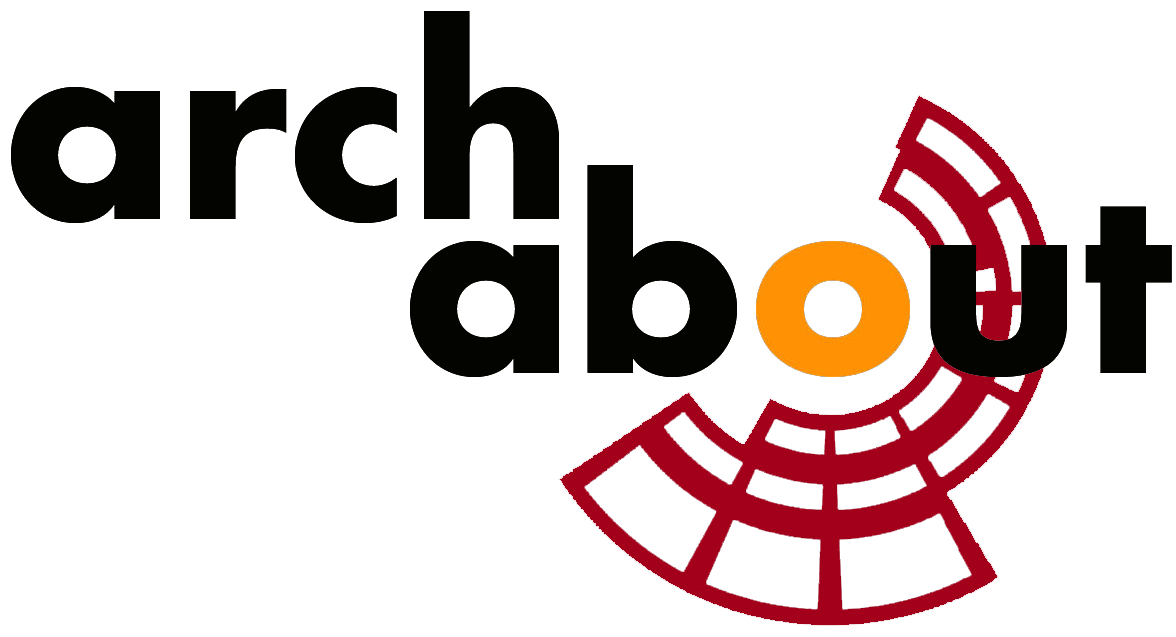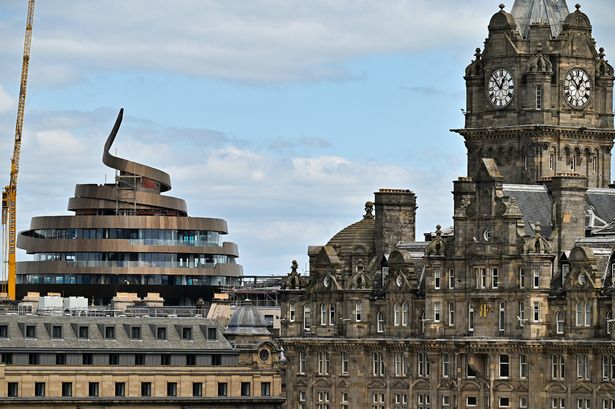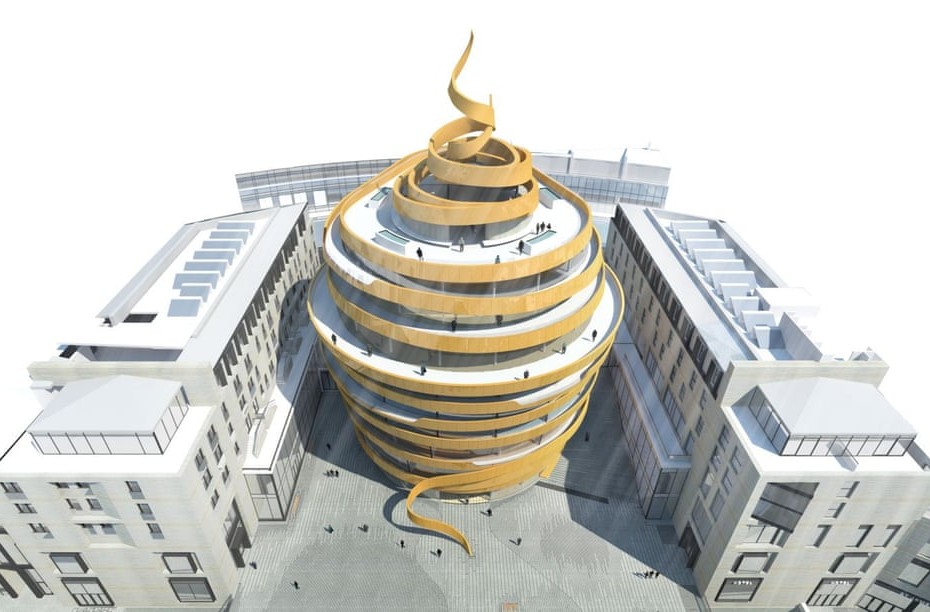Articles
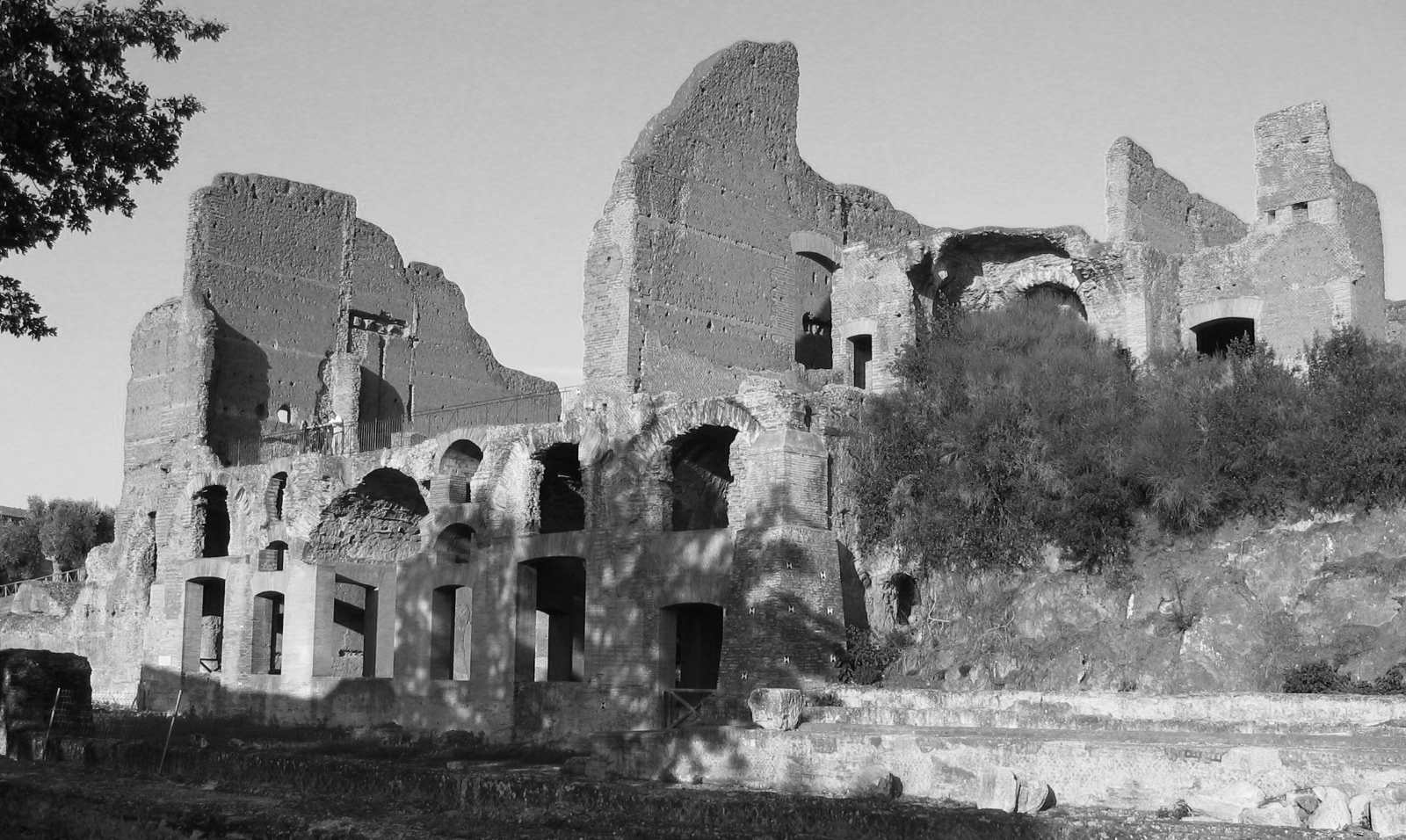
RESEARCH ARTICLES
MONETA, A., 2025. The City as a Museum: Restoring the identity and intangible heritage of Nottingham's multicultural past through augmented reality and location-based technology. In: Rendered in Bits and Stone: Studies in (In)Tangible Digital Heritage. Edited by Maciej Stasiowski, The University of Chicago Press/Intellect books. LINK
MONETA, A. 2025. Architecture as Performance: Digital Scenography and Memory in the Metaverse. DIGITALSTAGE Spatial Analysis of Digital Stage Installations of the 21st C. (pp. 66-75). Grupo Espaciar - Universidad de Valladolid.
MONETA, A., CROCCO, M. 2025. Timeless Transformations: Restoring History and Memory Through Cosmopolitan Design in Beirut, Thessaloniki, and Alexandria. Traditional Dwellings and Settlements Review, 342, 1-23. LINK
MONETA, A. 2025. Unveiling Nottingham's Hidden History through Augmented Reality. Proceedings of Performing Space 2023 Conference, Nafplio, Greece. LINK
CROCCO, M., MONETA, A., 2024. Investigating the “Altera Forma Urbis”, the secret structural urban form of ancient Rome, by applying a sustainable innovative architectural design methodology for the challenges of the contemporary built environment. In: IASTE Working Paper Series. Volume 331, P. 34-55 LINK
CROCCO, M., MONETA, A., 2024. Performing Architecture: realising sustainable environments through the hybridisation of theatre and architecture practice. In: Performing Space 24 Conference proceedings, Nafplio (Greece)
MONETA, A., HODGSON, N., FEARON, E., 2024. Re-interpreting intangible cultural heritage through immersive live performances to enhance memory-based institutions and foster community engagement. In: IJHS-International Journal of Heritage Studies. Taylor & Francis. LINK
MONETA, A., 2023. Scenarchitecture: a methodology for investigating the role of Genius Loci in the reading, understanding, and interpretation of architecture and heritage. In: Performing Space. Athens: Nissos Academic Publishing LINK
MONETA, A., 2020. Architecture, heritage and metaverse: new approaches and methods for the digital built environment. In: Traditional Dwellings and Settlements Review, 32 (2). LINK
Other articles
How VR is changing the way we experience stage shows?
AUTHOR: Andrea Moneta, Nottingham Trent University
DATE: Originally published on: The Conversation UK, August 18, 2017
TAGS: theatre, Virtual Reality, VR, Opera, Archabout, Second Life
When the legends of opera were composing their works, it is unlikely they ever envisaged a time when intricate sets made by man’s hand would be replaced with virtual reality. But that is just what the Wales National Opera is doing this summer. The company has created two virtual reality accompaniments letting those who are new to opera step inside the performance.
The “Magic Butterfly” pop-up installation features two short experiences based on songs from Madame Butterfly and the Magic Flute. The viewer is able to direct and orchestrate the characters, immersing themselves in the music and environment.
This is just a taster of the potential that VR has for stage productions, but it is also a sign of things to come. These days, theatre is less about sets built to mimic different places on stage, but more about representation. Boundaries are constantly being pushed beyond the structural confines of the boards. And for a discipline that is constantly in search of new spaces, virtual reality offers nearly unlimited potential.
Virtual theatre
Since the 1990s, theatre has been experimenting with virtual reality, and inviting the audience to play an active role in immersive, site-specific performances. Brenda Laurel’s Placeholder in 1993 was one of the first to use VR through head-mounted displays. Three-dimensional graphics, character animation and integrated sounds and voices allowed two participants to explore the simulated Canadian Rockies with a local mythology narrative.
Since then, VR has been used in increasingly creative ways. Char Davies’s Osmose in 1995 added interactivity to the installation, experimenting with real-time motion tracking based on breathing and balance, together with interactive 3D sound.
In Sharir and Gromala’s 1994 production, a dancer who entered the virtual environment interacted not only with other dancers present in the cyberspace, but also with a digital puppet capable of mimicking movements as well as dancing alone.
When virtual reality is used interactively it opens up whole new worlds to be explored. The traditional relationship between space-actor-spectator becomes a space-spectactor-relationship. The audience is no longer in a passive role. Dramatic action is substituted by a real action, and how it plays out is shaped by the spectators.
Beyond reality
I personally have used the Second Life metaverse – a free 3D virtual world where one can build avatars, buildings and objects – to create performance spaces for both teaching and professional theatre.
While I was teaching scenography at University of Rome La Sapienza, I took the virtual platform one step further. It was used not just to build sets and performances, but to create an audience of guests’ avatars. People from all over the world could virtually attend and interact with the performance using their avatars.
In addition, my students built their sets in this new virtual learning environment under my supervision, interacting with my avatar in real time during all the process.
This virtual reality-based theatre allowed us to design limitless environments and sets. Virtual avatar-actors could interact with the scenery and with others during the performance in real time. They could use the space in any way they wished: walking, running or even flying around it.
We later furthered this work with the performance “@nts”, a multi-dimensional theatre performance inspired by Philip K. Dick’s The Electric Ant. This was staged at the same time in parallel universes: the real world of a real theatre space and the cyberspace of Second Life.
For this show, avatars performed live in the virtual set on Second Life to an audience of avatars while, at the same time, real actors performed live in a theatre space with a real audience. The theatre space was captured by video cameras and projected onto the virtual Second Life set while at the same time this virtual set was projected on the real set. This connection created an unusual spatial-temporal link between the two spaces, their audiences and performers.
As technology continues to develop – especially as new platforms such as Facebook Spaces are made available – the possibilities and potential for virtual theatre performances will only continue to grow. It’s only a matter of time before we start using VR headsets for things like watching Netflix movies, or 360 videos on social media. It will mean that anyone with a VR headset would have access to performances that might otherwise be out of reach.
The world is experiencing a “personal theatre” revolution where video games, film, music and stage performances are blending together. What has been a theatre performance for hundreds of years is changing. It is no longer just focused on the here and now, but the here, now and everywhere.
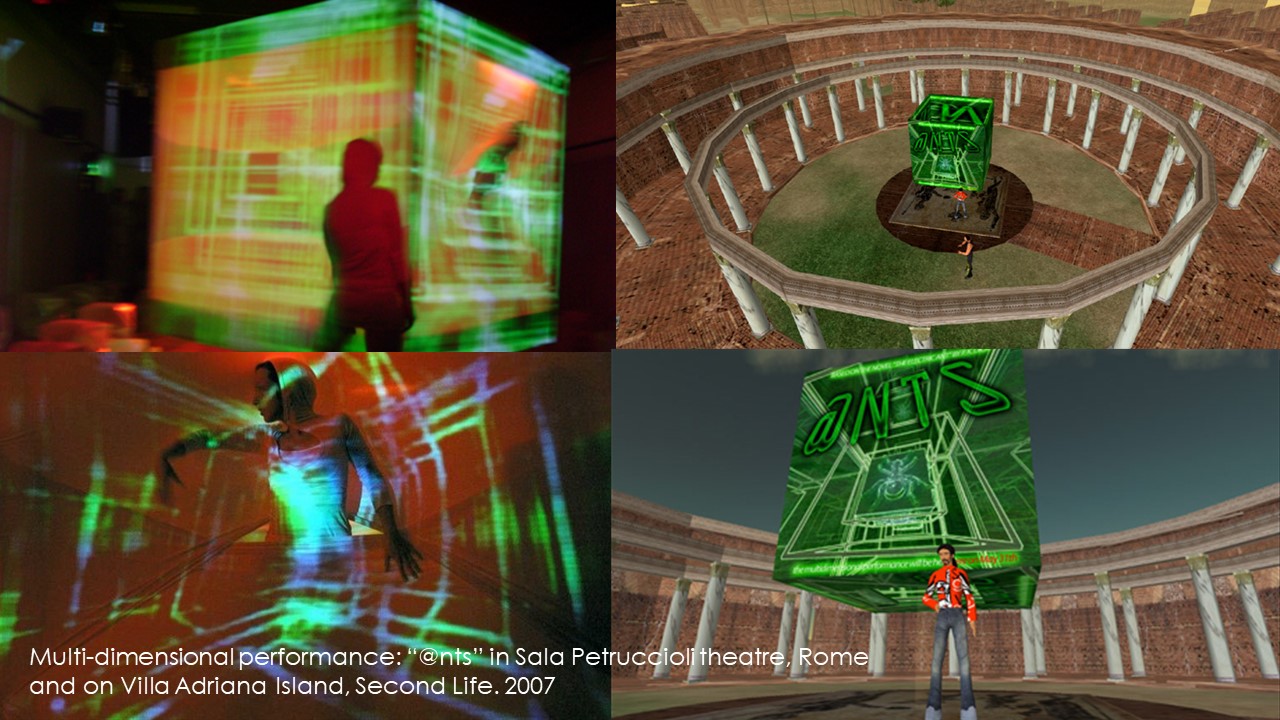
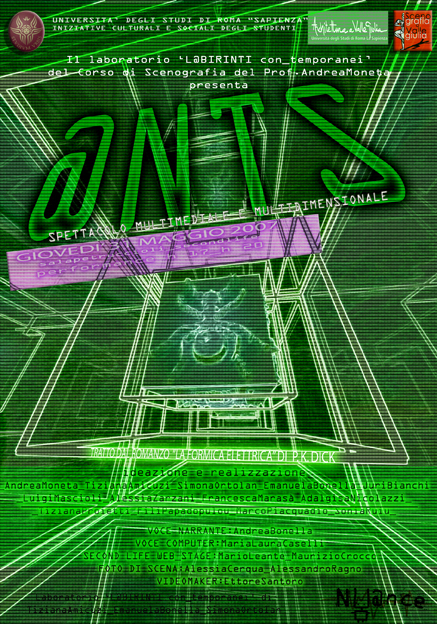
An introduction to AASOS: Art and Science of Space
AUTHOR: Maurizio Crocco, Andrea Moneta
DATE: 15.06.2021
TAGS: #architecture, urban design, planning,sustainable design, Archabout
An innovative, Architecture Research and Training program
Overview
Space is a synthesis of physical space, mental space and virtual space.
The Science of Space is about the analysis and reading of a place in order to understand and interpret its complex stratification of signs.
The Art of Space is about a creative and design action, already present in the analysis, aimed at reattributing meaning to places and artifacts.
The interaction between Art-Science and, consequently, the Analysis-Design interaction, is the methodology that the Program wants to apply to the physical and digital space to identify new sequences of meaning, new material and immaterial configurations in a critical relationship with memory.
Architecture is considered as a critic methodology that –redefining the notion of transformation process – recovers the relationship between site, memory and design, with a focus on the Analysis-Design interaction, to explore and apply new technologies and the relation with historical models.
The Program also acknowledges and foster the hybridation of disciplines as a key factor to design and manage our fluid living space. It crosses the boundaries of architecture, scenography and site-specific theatre performance; it is aimed at creating new relationship with the spatial context, real and virtual, to define new boundaries for the body and the action.
Architectural Language
Our attention is focused on compositional side of architectural design.
Our goal in fact is to develop a method based upon specific keys that constitute the structure of an architectural language. Thus, the objects of the architectural composition should not be just technological elements (brick walls, pillars, concrete floors etc.), but conceptual Elements, all characterized by their specific intrinsic characteristics. Elements possess specific inner nature (semantic connotation) and external relationships that bond together architecture with the context (syntax). Contemporary architectural culture, after Modern Architecture’s crisis, has searched inspiration in the architecture of the past (post-modern architecture), in the muscles of technology (hi-tech architecture) and following evolutionary process of nature. In order to avoid the mere imitation of nature/history, Archabout methodology is aimed at extracting architecture’s DNA through the analytical study of the logic contained in both contemporary and heritage architecture. The aim is to extract elementary constituent principles and to develop possible models that could generate new architectural organisms deeply rooted to the context. Context is here intended as the natural environment and the built environment, including its social-economic aspects.
Architecture by Elements
Architectural and urban design methodology of the Program integrates and extends through a series of specific contributions: the Historical-morphological process-based Analysis and the principles of Architecture for Elements. These contributions are coming from the longstanding research that has been developed between 1970s and 2005 by Prof. Gianfranco Moneta at the Faculty of Architecture of University of Rome La Sapienza, and brought forward to these days by Archabout.
Specifically, Architecture by Elements” (ABE) is an architectural design methodology that works by facilitating interaction between individual elements of archetypal historical architectures, as in a language, to generate new, contemporary designs. One of the key elements of ABE is also an analogy to the principles of linguistics and, specifically, Wittgenstein’s theory of “language-games.” This term is used here to describe a compositional activity that encompasses both a language and the processes of communication it affords. Wittgenstein also used the term “language-game” when comparing language to a city, an entity built over time and made of structures with different purposes and functions. After applying this philosophical concept to the built environment, it is possible to see how the language of architecture as a whole is composed by different language-games, each containing its own language parts and rules. The process of ABE may thus be considered a language-game, in which an architectural lexicon provides a set of parts, which may be associated or contrasted with one another to produce language game units. As a result, each architecture unit is organized and defined as a simple or complex sentence, whose meaning identifies it as a work of architecture.
Performing Architecture: Scenarchitecture
Archabout believes that in a constantly changing post-digital society, a cross-disciplinary analysis and design approach is key to design and manage our fluid living space. The Built Environment is rapidly changing and our contemporary culture is blurring the boundaries between architecture, scenography and performing arts. Latest development of urban planning worldwide considers community engagement as the new core of the planning process, in all stages of design. Architects need new skills and knowledge to interact with both the site and inhabitants for a public involvement in design and planning processes.
Performing Architecture Course realises competencies in Spatial Practices, in the intersection between architecture and scenography, using site-specific theatre practices to research, understand and reveal the complex relationship between our physical environment and ourselves, in order to develop true Participatory Design (co-design). Performing Architecture Course in fact, works with the complex overlay of historical and contemporary fragments embedded in the existing Place, including the stories, memories of the people that lived there. Place-Making is the final goal: creating environments that are responsive and appropriate to their inhabitants' and users' cultural, emotional, spiritual and practical needs.
Digital Built Environment
We live in an extended world that includes the coexistence of real and virtual places, which determine our real and virtual lives. At the same time, the world of communication, dominated by the culture of image, is shifting into the world of interaction within a digitally driven society. Arch@bout research is focused on the design and development of virtual-world environments including MMORPGs, digital architecture, XR (Cross Reality). The aim is not just to explore the possibilities of design in Digital Space, but also to introduce the role of memory and heritage in the digital built environment by emphasizing the importance of architectural composition theory and the role of history.
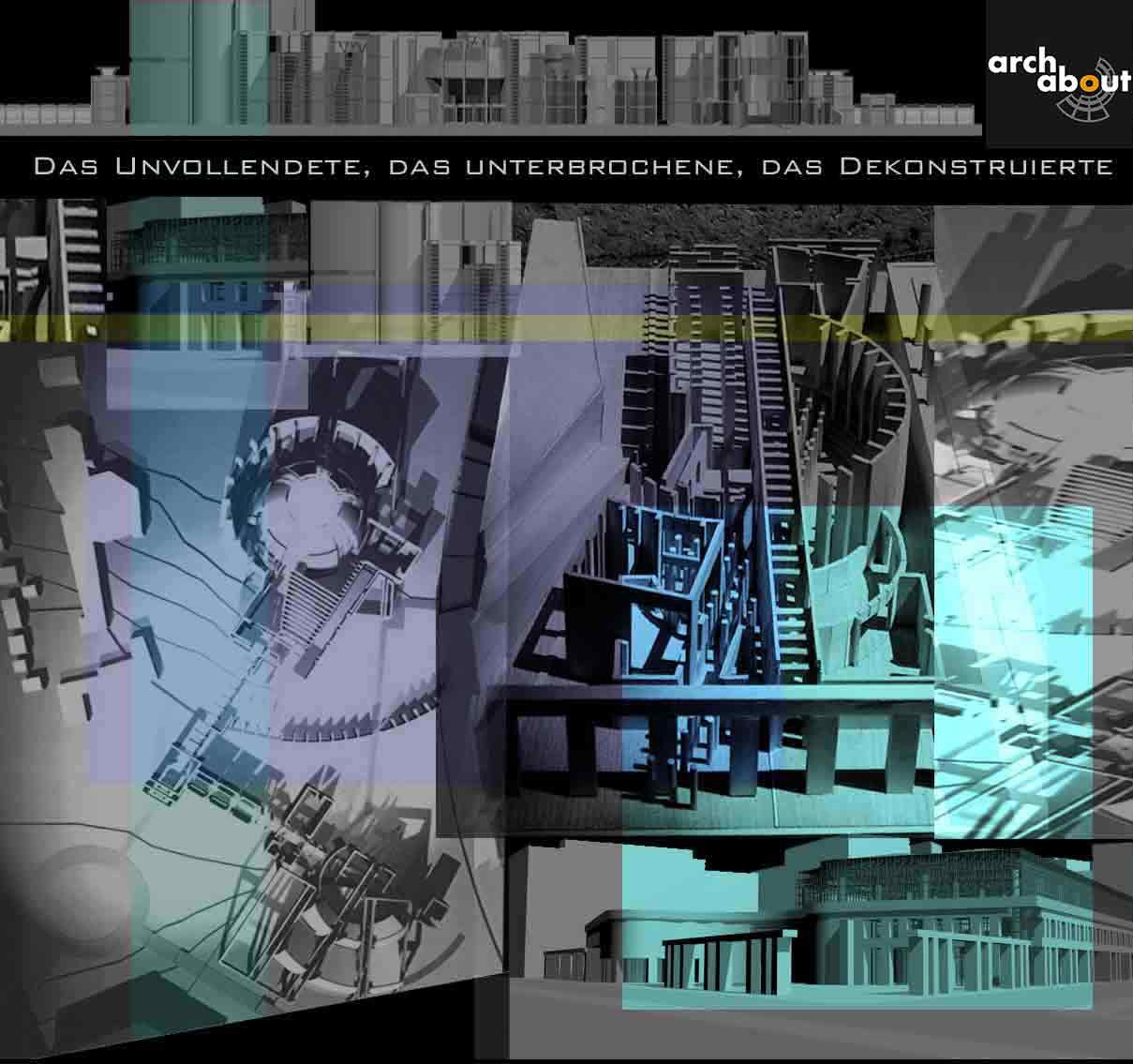
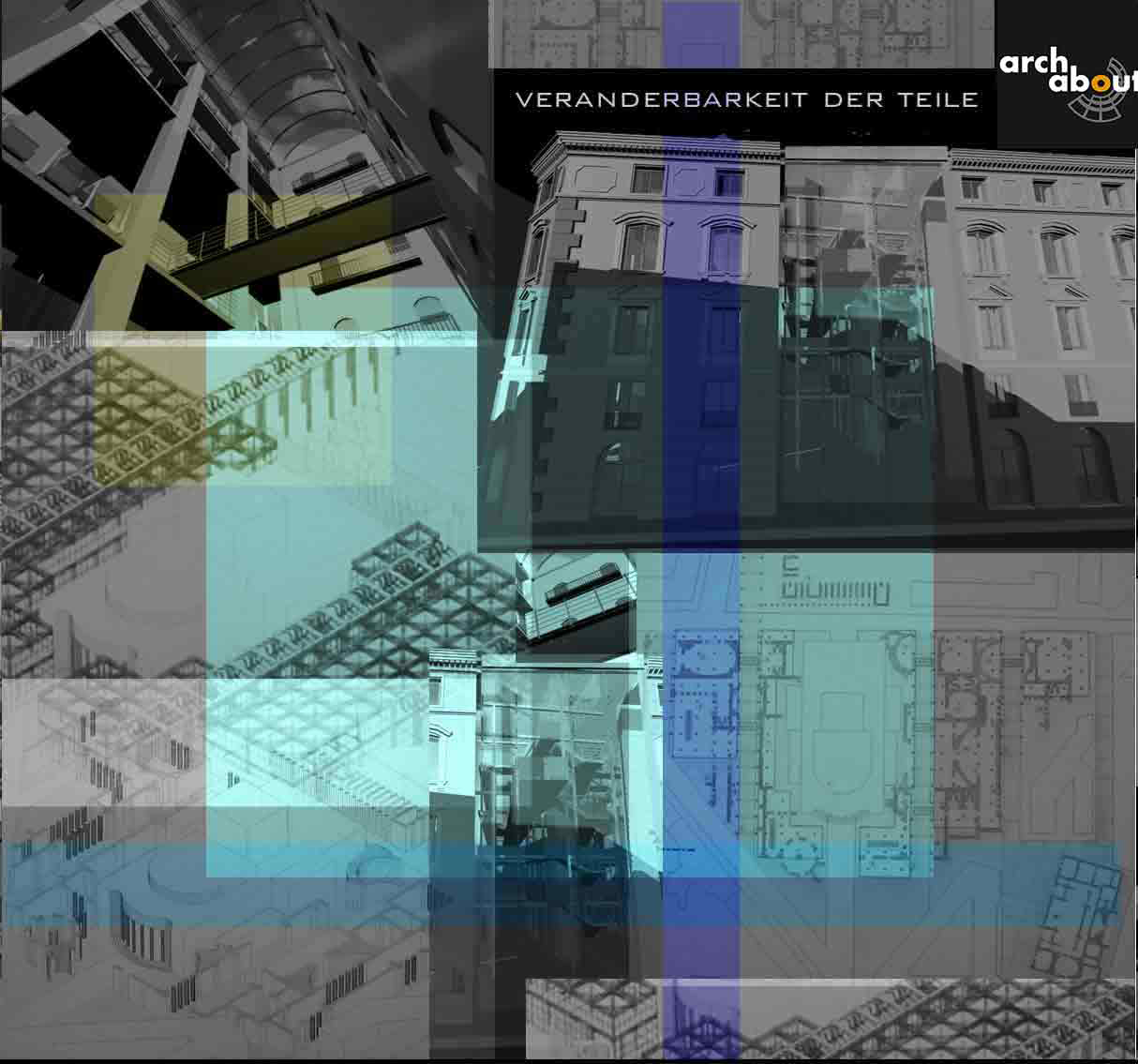
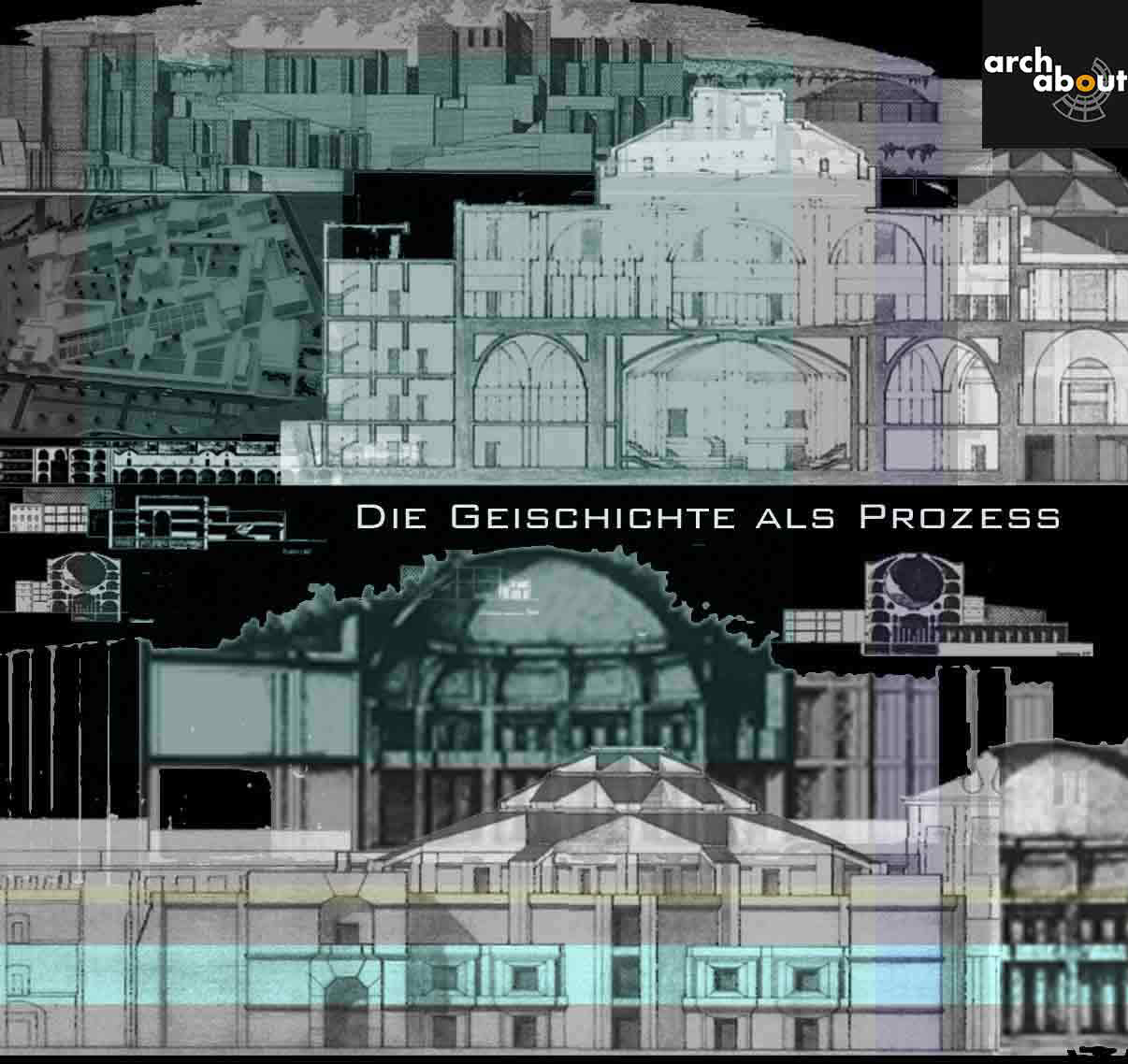
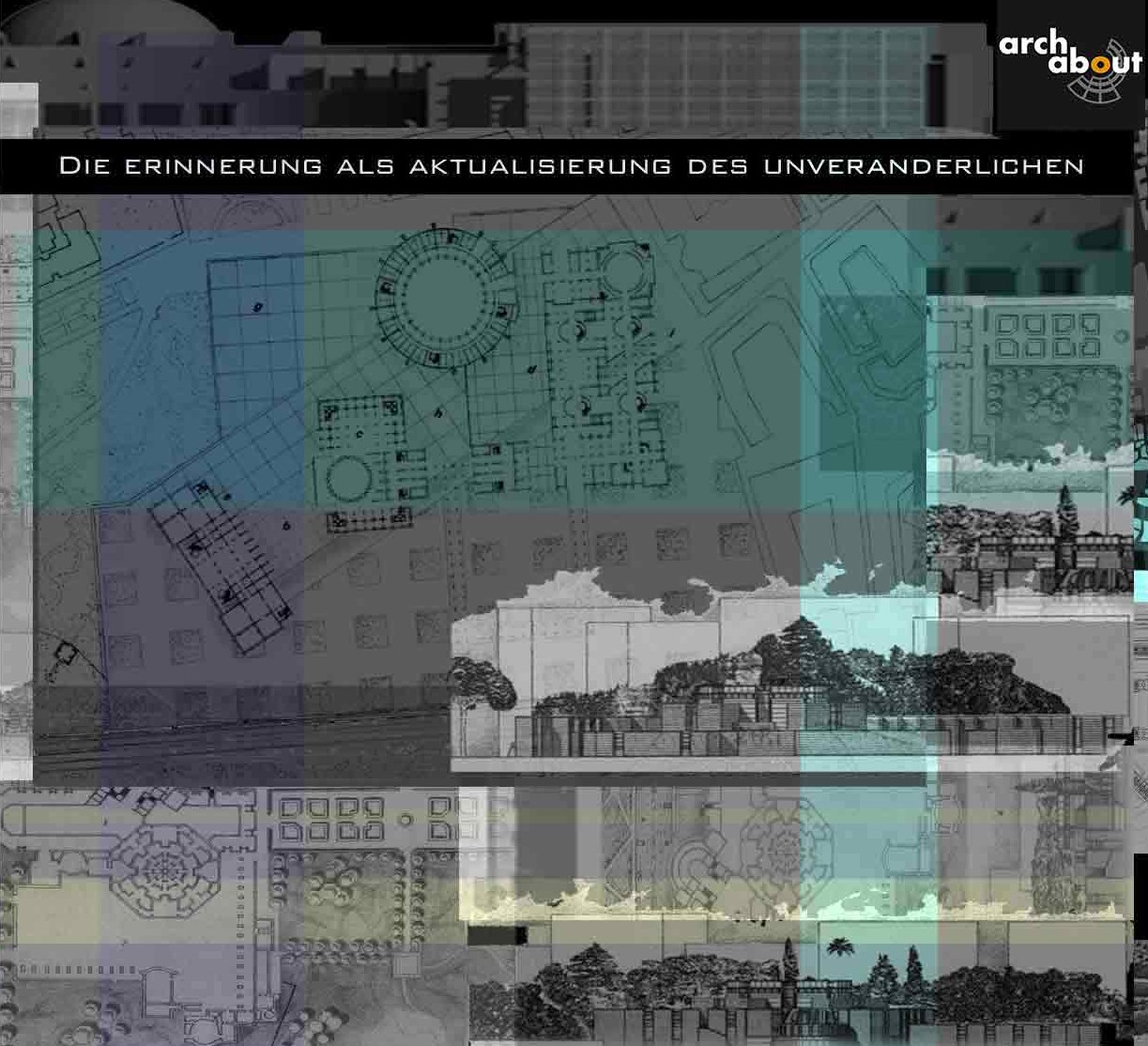
AUTHOR: Andrea Moneta
DATE: 25.06.2021
TAGS: neuroaesthetics,architecture,wellbeing,Edinburgh,the turf,St James Quarter,Archabout,neuroscience.
Edinburgh has been recognised as a world heritage site in 1995 due to its original medieval old town and 18th-century new town, but this status (and money) was in peril, and nobody could stop bad architecture.
Architecture could be dangerous not just if poorly made, but also if it looks awful. Ugly architecture is harmful because is constantly, negatively inpacting our well-being for years, decades, centuries. After more than 60 years of horrible architectures scattering all over the globe, in 2015, someone started to raise a flag denouncing the peril of an uncontrolled development of ugly architecture that don't respect the site, the context, the Genius Loci and the people that live there.
UNESCO sent inspectors from Icomos (International Council on Monuments and Sites), to Edinburgh after a series of complaints arising not just from 'experts' of architecture, but also from the citizens, regarding a series of new buildings that should be built in this precious historical environment. The financial crisis of Edinburgh has pushed its civic administration to look for investors, and development was the easy route to raise cash. As Councillor Ian Perry, planning convenor on Edinburgh City Council, said: “Unesco heritage status does not preclude ongoing development to keep the site active and vibrant if it is deemed to be appropriate.” After a series of controversial demolitions of listed buildings in the protected zone of the city centre, a number of new buildings were ready to 'conquer' a spotlight: the ‘Ribbon’ Hotel (immediately renamed as 'the turf' by the citizens), the Inca Terraces on Calton Hill, and the Caltongate development. More than 2000 objections in 2015 were not enough to stop the development and now, Edinburgh has its 'turf' right in the heart of the town, enclosed in St James Quarter luxury mall with Harrods and Victoria's Secret. The ‘golden ribbon’ is now described by the Daily Record as 'a huge walnut whip-style feature on top of the building, which is the 244-bedroom luxury Edinburgh hotel due to open later'. Edinburgh has lost an important battle, and this huge scar will probably last for several decades, right in the face of anyone that will look at the city's historical landmarks. Moreover, the people of Edinburgh lost part of their wellness, something that is not tangible but equally harmful as pollution. We live, in fact, in a world dominated by stressful, adrenalised architectures that diminish our lives, as several combined studies between neuroscience and architecture are demonstrating in the last decade. There is an urgent need to forge a new generation of architects, which will be able to restore the role of architecture as a balanced combination of Art and Science, respectful of the Genius Loci and the inhabitants, and aimed at producing beautiful, stress-relieving, healing architectures.
